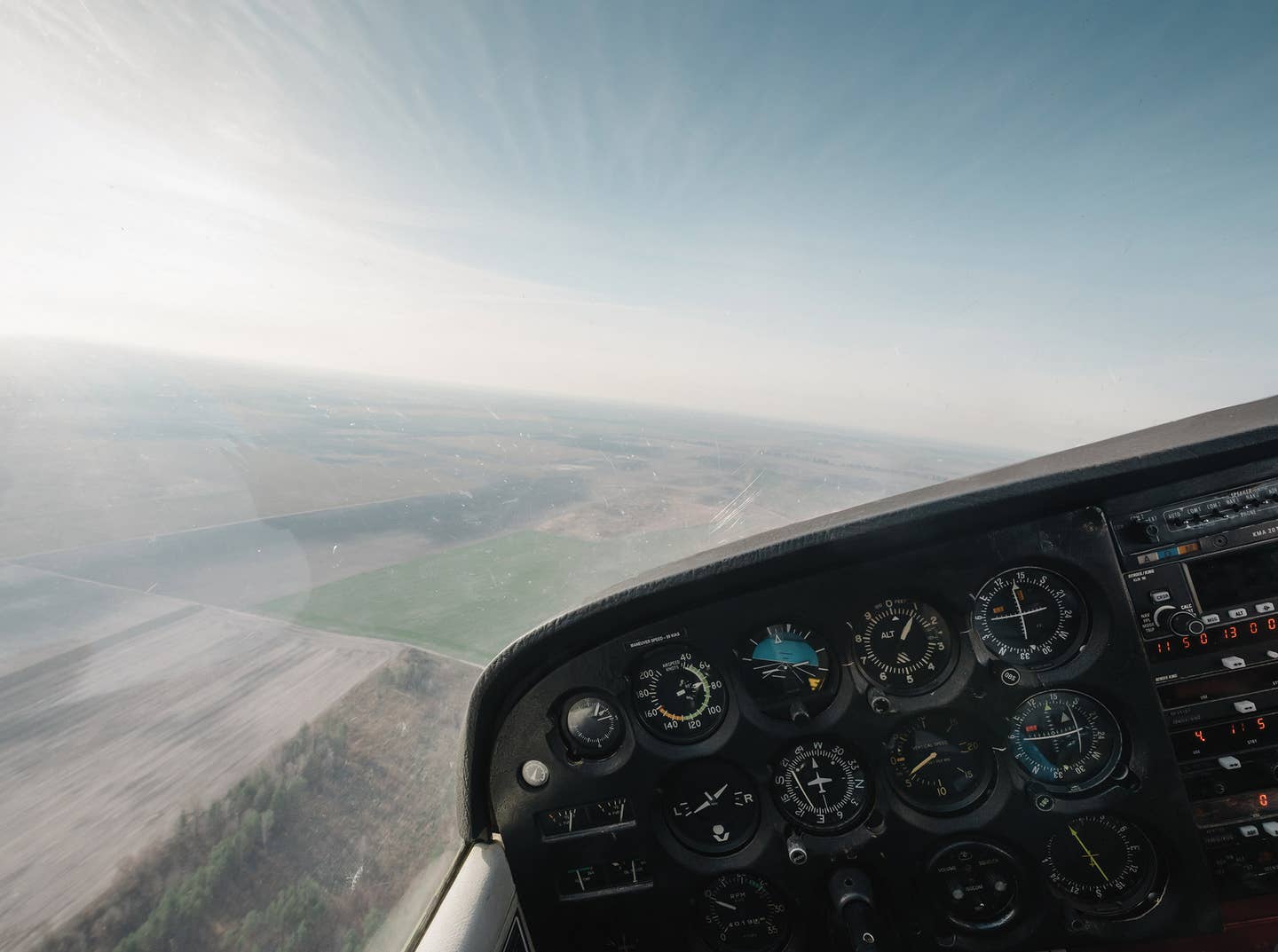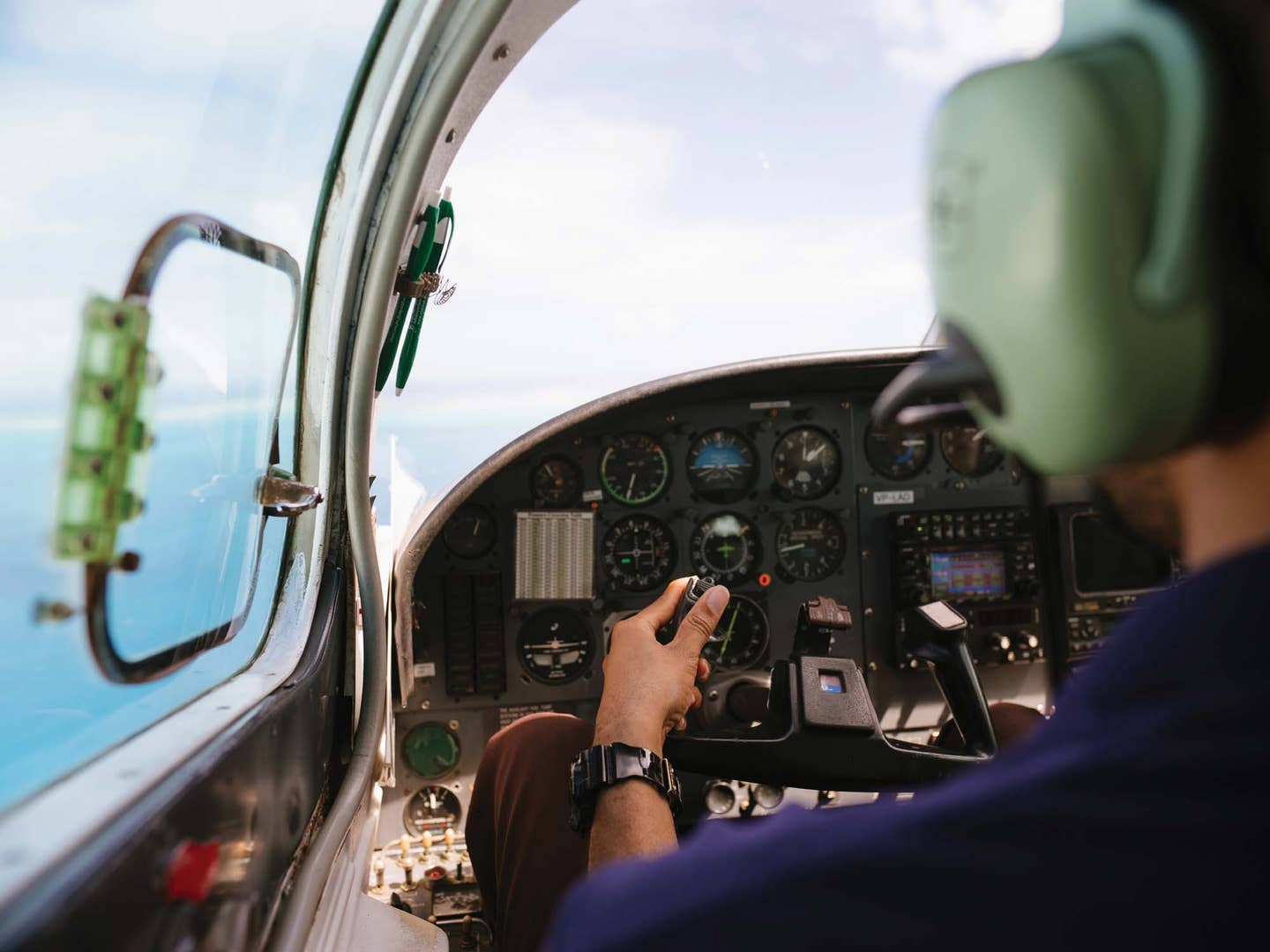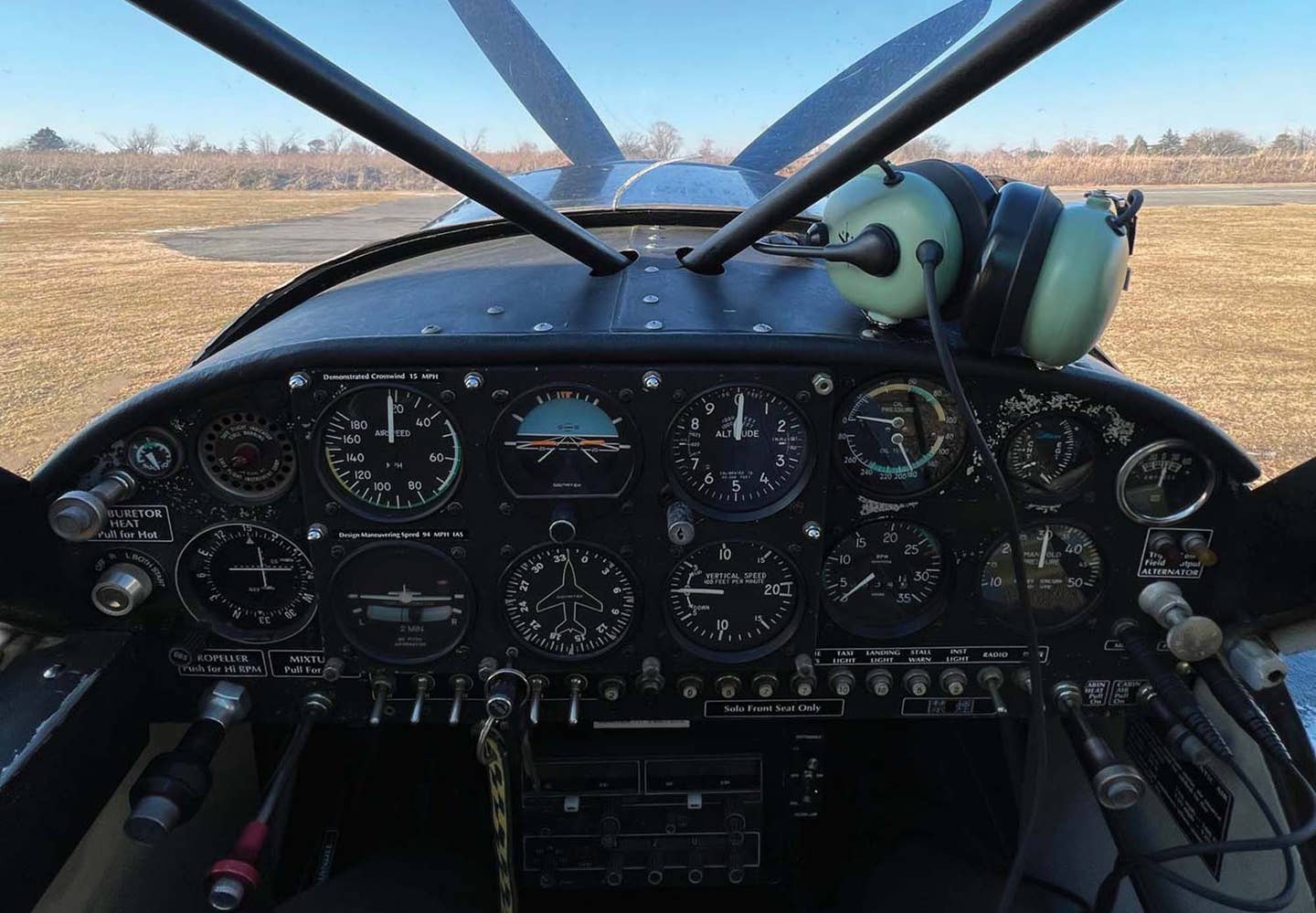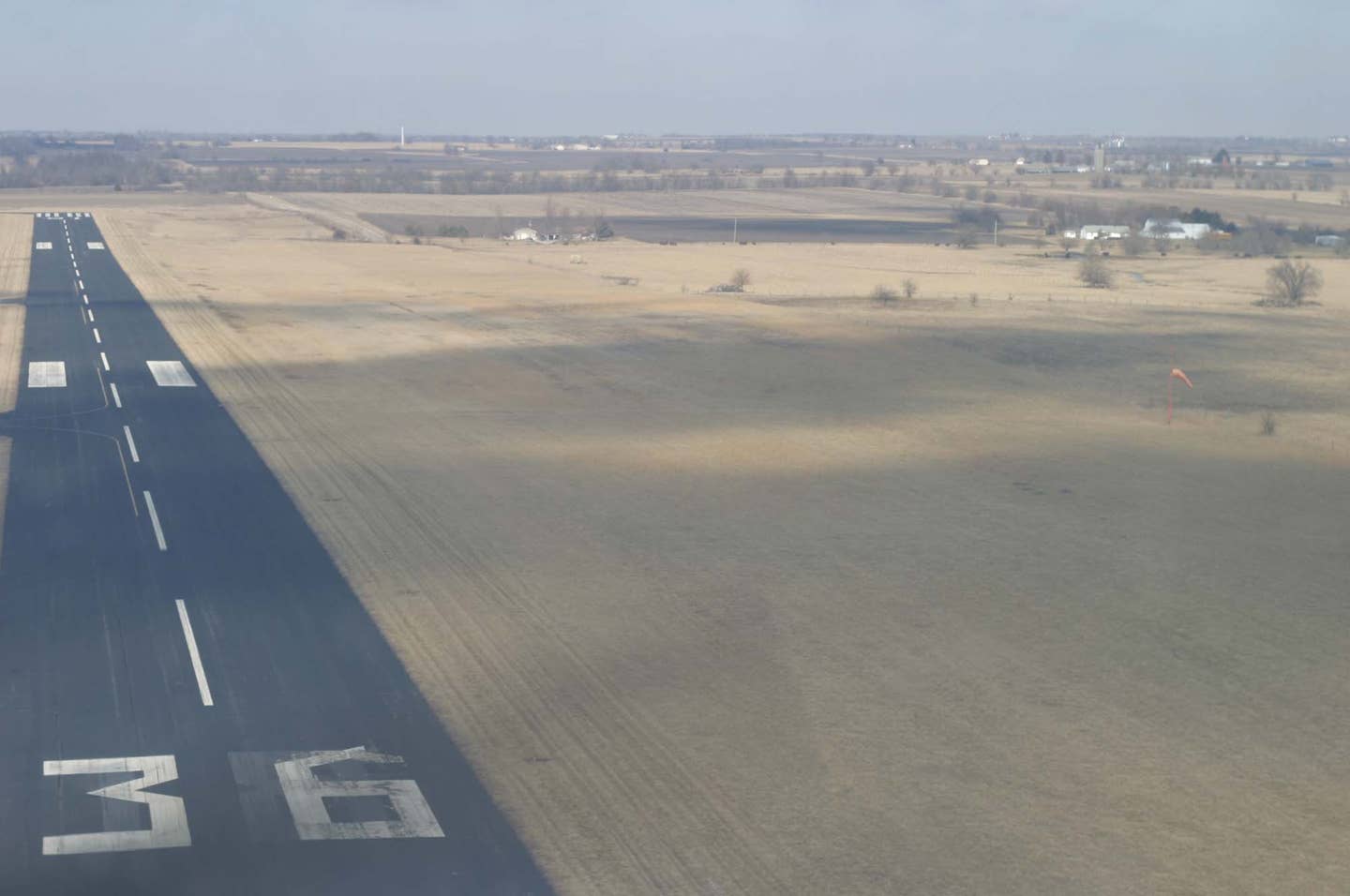Supplemental Oxygen for the Rest of Us
In the spring of 2003, a couple years after the introduction of the Cirrus SR22, a group of dedicated Cirrus pilots invited a team of aviation university researchers and FAA…

Hypoxia symptoms can occur as low as 5,000 feet msl. [shutterstock]
In the spring of 2003, a couple years after the introduction of the Cirrus SR22, a group of dedicated Cirrus pilots invited a team of aviation university researchers and FAA safety professionals to Las Vegas to conduct a two-day seminar on flight training.
A variety of subjects were discussed, including the emerging issues associated with the new glass cockpits, aeronautical decision making, and the proper use of the then-new Cirrus Airframe Parachute System (CAPS), and on a lighter note, the apparent inability of any of the participants to win a single dime on the slot machines. It was a great pilot-to-pilot event focused on flight safety. However, the most surprising takeaway was the uniform opinion of this group of owner pilots that they were experiencing various symptoms of mild hypoxia, even at altitudes below the FAA-mandated 12,500-foot supplemental oxygen requirement.
So, what changed?
The difference was the SR22’s ability to climb quickly to the cool, smooth air above 10,000 feet, especially out west where the IFR minimum en route altitudes often begin there, or even higher. The pilots’ previous experience in a variety of fixed-gear singles that cruised at lower altitudes had not prepared them for three-hour cruise legs at 12,000 feet. They reported a variety of effects including fatigue, dehydration, and just feeling a bit less focused. Attempting to understand the phenomenon, most of these dedicated pilots had purchased the finger-mounted pulse oximeters that were becoming available at the time. These safety-conscious pilots were adapting to a new situation by attempting to understand it.
So, let’s do the same by reviewing the basics.
What Are the Basic Requirements?
In our private pilot ground school, we learned that according to FAR 91.211, supplemental oxygen is required for pilots when the cabin altitude is above 12,500 feet, and up to 14,000 feet, for more than 30 minutes. Next, if Santa Claus dropped a turbocharger in your stocking this past year, flight above 14,000 feet requires the entire flight crew to use supplemental oxygen. Above 15,000 feet, everyone on board the bird receives it (the crew must use it at all times, and it must be made available to passengers). So, is it legal to fly all day long at 12,000 feet—4,000 feet above the cabin altitude of most jet airliners—all day long without supplemental oxygen? The answer is yes. Is that important?
The Effects of Altitude on Our Bodies
If you watch NASCAR racing on TV, every so often, one of the top drivers will lose control, hit the wall hard and earn a trip to the infield care center. When asked what caused the accident by the TV announcer, the driver might say that they “just ran out of talent.”
Luckily, unlike race drivers who live on the edge, pilots tend to fly right down the middle of the envelope. However, just as race drivers put in endless laps to hone their skills, pilots should have the same attitude about proficiency. As the saying goes, practice makes perfect, or if not perfect, then at least safer and more effective.
When it comes to building and maintaining proficiency, the pandemic has thrown a major-league-level curve ball our way. While general aviation has remained available during the last couple difficult years, flying hours have been down, cross-country travel limited and intentional practice may have suffered. Now is a great time to find the local CFI and brush up on those crosswind landings, instrument approach procedures and navigation in busy terminal airspace. Currency does not always equal competency, so most of us could use the practice—and besides, your local CFI could use the business!
Normalization of Deviance
These three little words are some of the most dangerous in aviation. Simply put, if a pilot cuts corners by intentionally deviating from accepted procedure and then repeats this often enough, it soon becomes the new standard. Substandard or even illegal procedures that are repeated become the norm eventually.
The VFR pilot who flies into the clouds while scud running has probably slipped between the mountain ridges and the cloud bases several times before and gotten away with it. Pilots with poor checklist discipline are prime candidates for the dreaded gear-up landing, among other errors.
Our friends in the military and the airlines are scrupulous about aircraft airworthiness, checklist discipline and following established procedures. However, many more general aviation accident reports than we would like to admit are replete with out-of-license airplanes, non-current pilots and checklist or procedural errors.
While these aren’t always the primary cause of the accident, each indicates a general lack of discipline that can lead to something worse. Normalization of deviance is the most subtle of the hazards we face. It is an attitude that develops over time and then turns around to bite us when we are least prepared.
Experience Begets Judgment/Experience Results from Poor Judgments
So, what should we think about all of this? If we are honest, we can all remember times when we made a poor decision and relied upon a bit of luck to safely complete a flight. Each of us may have a few bad habits that we have been meaning to get rid of. And once or twice, we may have come close to running out of talent but lived to tell the tale.
Hopefully, these minor excursions into the danger zone have been learning experiences and make us stronger. The moral of this story is that pilots are simply human beings. As such, the decisions we make can be influenced by the presence and actions of others, our past experiences and our own personality traits, good and bad. Managing risk is often about facing these challenges and responding in a mature, thoughtful and well-practiced manner.
So, the next time you go to the local airshow, take time to consider how the successful airshow pilots prepare for and fly their routines. The non-aviation-savvy public thinks of them as daredevils, but we know better. Before each flight, they consider the weather, the crowd line and airport layout and then mentally rehearse their performance.
The maneuvers, which look daring and dangerous to the crowd, have been practiced hundreds of times and the video reviewed after each flight. And these professionals are never afraid to call off a flight if the conditions are less than predetermined minimums. Each one of these talented folks demonstrates risk management at its best. Fly safe.
Editor's note: This story originally appeared in the July 2023 issue of Plane & Pilot magazine.

Subscribe to Our Newsletter
Get the latest Plane & Pilot Magazine stories delivered directly to your inbox






